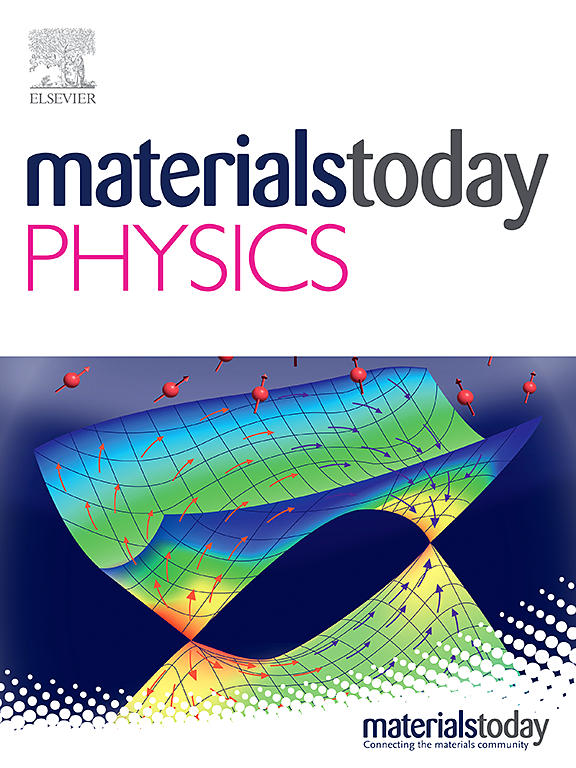Mechanical enhancement mechanism of interlocked polymer networks
Abstract
To understand the molecular origin of the significantly improved mechanical properties of the newly emerged reversibly interlocked polymer networks (ILNs), which are composed of two dynamically crosslinked polymers regardless of their miscibility, the present work employs small angle neutron scattering (SANS) technique to study the microstructural evolution of the materials during stretching. Accordingly, polyacrylate networks containing reversible Diels-Alder (DA) bonds and polyether networks containing reversible Schiff base bonds are synthesized and then interlocked together through topological rearrangement of the two single networks. By using deuterated acrylate monomers, furthermore, the single networks with DA bonds are labeled, providing the model ILNs with necessary contrast for the SANS measurements. The strain-dependent SANS profiles and 2D SANS patterns of the ILNs reveal that the latter maintain the homogeneity after extension. It means that the two parent single networks are simultaneously deformed because the interlocking sites act as movable crosslinkages, so that the chains conformation can be modulated and the applied stress can be effectively transferred. When relative movement of the neighboring molecular chains occurs, a great number of molecular chains in the interlocked polymer networks are able to be tightened at the same time, and more mechanical energy can be dissipated by internal friction in the process. The findings reveal that the mechanical enhancement results from the unique interlocked structure, and provide guidance for the rational design of high-performance multi-component polymer materials.


 求助内容:
求助内容: 应助结果提醒方式:
应助结果提醒方式:


